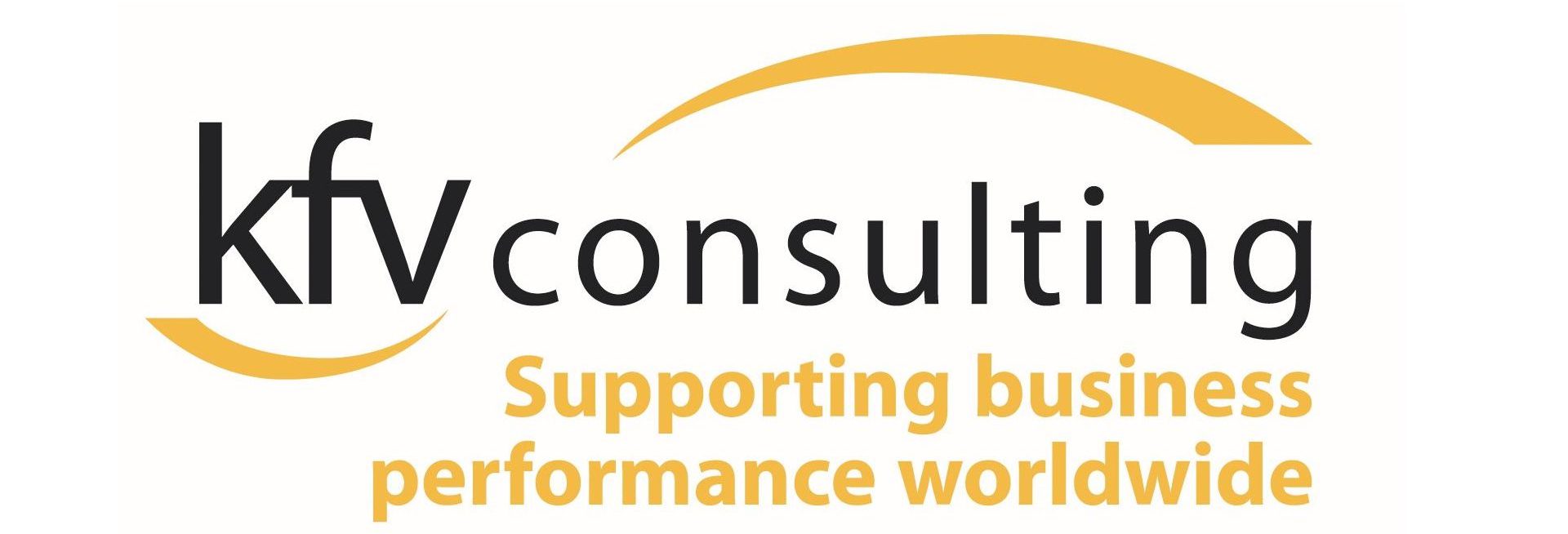How do you make significant change without upsetting “business as usual”?
Issues covered:
There is a lot of talk around organisational culture and culture change, but there is very little with regards to sustaining it. It is not an easy task but it must be measured from start to finish. You will then have a path with clear signposts that allows for planning. The key is to change behaviours and reward progress along the way. Be clear on the desired outcome in the context of individual and team behaviours. Then make sure that your organisational competencies reinforce these.
Culture as a concept describes internal assumptions and basic values which distinguish one group from another. Culture will define organisational behaviour and choices. Deeply rooted values will reinforce “old” behaviours and make changing internal culture more challenging.
How do you form company values?
- Basically an organisational leader creates a vision – a big idea – It will define key organisational objectives and specific tasks required to deliver it. At this stage, employees remain unaware of this big idea. She or he will have to point them in the direction of his/her wishes.
Leaders must make allowances for their teams to go through a similar journey in their thought processes to enable them to adapt effectively. After all, your leader did not come up with their big idea overnight – they took time to get there. So, they must allow their people to take a similar journey. This is a key point to remember. By allowing the workforce to develop group understanding of the “big idea”, you will also help them to adapt their belief as to what part they can play in the proposed new world.
- Belief is confirmed by experience and will be shared by the workforce. Building a team belief that “this is the way we do business round here from now on” will influence future outcomes in parts of the organisation that are not under the leader’s direct control
- Once team members have a reassurance that desired outcome can be achieved, their beliefs will focus on results rather than the “big idea”. They will also adapt their value system to support the new beliefs.
- So, a new value system will now be shared by a critical mass of the organisation. The value is now a new assumption. It will automatically orient their behaviour. The “big idea” has become an intrinsic part of “the way we do business”.
How can you implement change?
- The easiest way to bring about rapid and substantial change is to revamp senior team members and organisation structures. It helps to bring in a new perspective from people who are not immersed in the existing culture. They will find it easier to diagnose any issues and correct them.
- The slower type of cultural change will be incremental. Introduce new values into the existing culture. Use visual symbolism as well as some new language to describe these values. It will stimulate new ways of working to fulfil “the big idea”. Initially and inevitably, there will be some tensions. This will be due to the uneasy “coexistence” of old and new values and their different underpinning assumptions. However, with persistence, existing values, beliefs and assumptions will gradually evolve into the new ones.
- When change is allowed to happen within the context of the existing culture it will be least effective. For example, the “victim” or “initiative overload” culture will persist. New changes will be implemented but individuals will take on new actions under pressure instead of willingly. Blame will be shifted to the new leader/senior partners. Individual ownership and accountability for a successful delivery of the “big idea” will diminish.
Some specific examples
The costs (real and personal) of changing culture are very high. If your big idea needs a change in the organisational culture it is critical to remember that values tend to be based on emotion rather than fact. Dramatic change must be engineered as one culture replaces another.
Incremental change is usually least disruptive. It does require consistence, persistence and focus. Organisational culture interconnects elements like values, objects, symbols and assumptions. So, leverage these things.
Consider changing the office layout, fixtures and fittings. Coach the behavioural patterns of the senior management (walk the talk). Review management styles, team structures and hierarchy. Update reward systems and organisational competencies to reflect the “big idea”. Develop an internal language that describes “how we do business around here.” Once these things can be seen, new values can be introduced to underpin them.
Perhaps I can give you some examples? To a Client in the Hospitality sector, if you would like to introduce a culture focused on better customer care: why don’t you consider the implementation of an internal system that improves communication and reliability? Then introduce a reward system which is visible to all that distinguishes service performance.
To a Client in the Legal profession, if you would like to introduce a culture focussed on achieving new business from new countries, implement a prominent CRM system. Then introduce a visible “understanding new cultures” programme. Consider rewarding performance through secondments in destination countries.
To a Client in the Fire Service, if you would like to introduce a new commercial activity to take internal business skills to a new market, I would change the office layout and introduce a different customer focus based on developing business skills. I would then suggest an appraisal scheme which rewards these new behaviours. We have also found that the introduction of a robust suggestion is an invaluable tool.
To our Client in the Energy sector, if you would like to change the culture to reflect improved safety and production values, I would introduce new working and communications processes combined with a system which rewards accountability.
Training and individual development supported by timely and specific communication will provide the ground rules. This will develop understanding of the behaviours required to support the new values. It will lead to consistent role models working throughout the organisation. Involve your employees in the discussion and definition of new values as this will facilitate their commitment to the value.
When recruiting, as well as in the induction of individuals use the new values. Another tool that you can use to great effect is the promotion of those individuals who reflect the desired values and culture. Finally, remember that senior team members set the example. If they do not walk the talk, the cultural change may founder. Replacement of senior people who are stubbornly resistant to the new values may become inevitable.
These suggestions sound simple but remember orchestrating the process requires focus, determination and a long term approach and people can be unpredictable!
This article is correct at August 2020

